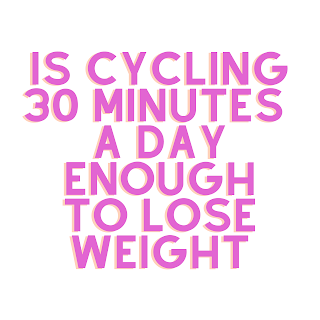The Importance of Cleaning and Maintaining Your Hydration Bladder: A Guide for Cyclists
Why Clean Your Hydration Bladder?
The biggest reason to clean your hydration bladder is to prevent the growth of bacteria, mold, and mildew. If you don't clean your bladder regularly, these microorganisms can build up and cause health problems. Additionally, if you use sugary or acidic drinks in your bladder, it can leave residue that can cause the bladder to degrade or smell.
How Often Should You Clean Your Hydration Bladder?
The frequency with which you need to clean your hydration bladder will depend on how often you use it and what you put in it. However, a general rule of thumb is to clean it after every use. If you use your bladder daily, it's a good idea to clean it at least once a week. If you use sugary or acidic drinks, you should clean it more frequently.
How to Clean Your Hydration Bladder
Cleaning your hydration bladder is easy and doesn't take much time. Here's how to do it:
Disassemble the bladder: Start by removing the hose, mouthpiece, and any other attachments from the bladder.
Rinse the bladder: Rinse the bladder with hot water to remove any dirt or debris. Use a long brush or a scrubber to reach the bottom and corners of the bladder.
Fill the bladder with cleaning solution: Mix a cleaning solution of warm water and either baking soda, vinegar, or specialized cleaning tablets designed for hydration bladders. Fill the bladder with the solution, making sure to get it into all corners.
Soak the bladder: Let the bladder soak for at least 30 minutes, or as directed by the cleaning product you are using.
Rinse the bladder: Drain the cleaning solution and rinse the bladder thoroughly with hot water.
Dry the bladder: Hang the bladder upside down to dry completely. Do not pack it away while damp as this can cause mold growth.
How to Maintain Your Hydration Bladder
Proper maintenance of your hydration bladder can help prevent the growth of bacteria, mold, and mildew. Here are some tips to keep your bladder in good condition:
Use the right drinks: Avoid using sugary or acidic drinks in your bladder as these can cause the bladder to degrade or smell. Stick to plain water or electrolyte solutions.
Clean it often: Clean your hydration bladder after every use or at least once a week if you use it regularly.
Dry it completely: Make sure your bladder is completely dry before packing it away. Hanging it upside down in a well-ventilated area will help it dry more quickly.
Store it properly: Store your hydration bladder in a clean, dry place, and avoid storing it in direct sunlight or in a hot car.
Conclusion
A hydration bladder can be a lifesaver on long rides, but it's important to take proper care of it to avoid health problems and degradation. By cleaning and maintaining your hydration bladder regularly, you can ensure that it remains in good condition and provides you with clean, fresh water every time you need it.




